The impacts of light from developments on land and offshore industries, as well as feral animals are considered to be the two highest priority threats to the flatback turtles of the North West Shelf.
Medium priority threats are from increasing global temperatures, modification to beaches, sea level rise and marine debris.
Light
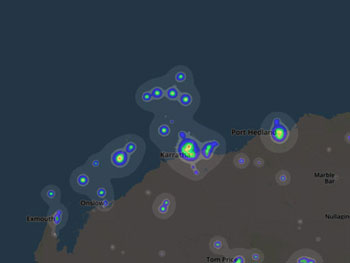
1 - Impacts of onshore and nearshore light (high).
Light has been identified as the greatest threat that turtles are facing within the North West Shelf population.
Predation
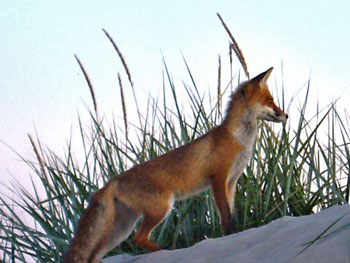
2 - Introduced animals (high).
You may be surprised to learn that introduced animals can also have an impact on turtles.
Climate change

3 - Increasing temperatures.
Climate change is predicted to increase global temperatures, which would increase sand, water and air temperature.
Beach change
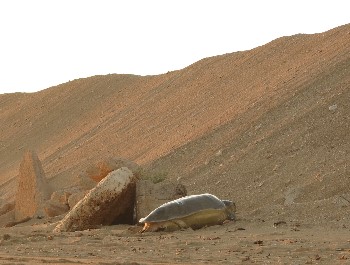
4 - Modification to beaches
This pressure occurs when there are significant changes to the physical structure, or composition, of beaches.
Sea level rise
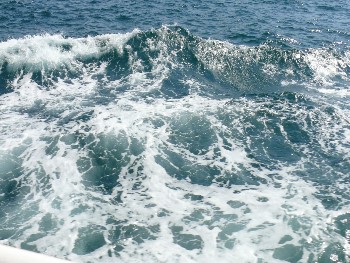
5 - Sea level rise
Climate change is predicted to impact the oceans with rising sea levels, as well as increasing storm frequency and severity.
Marine debris
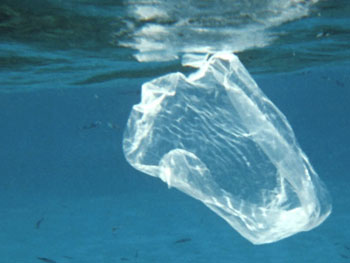
6 - Marine debris
Marine debris is the discarded human waste in the ocean, and includes fishing nets, to nano-plastics.
